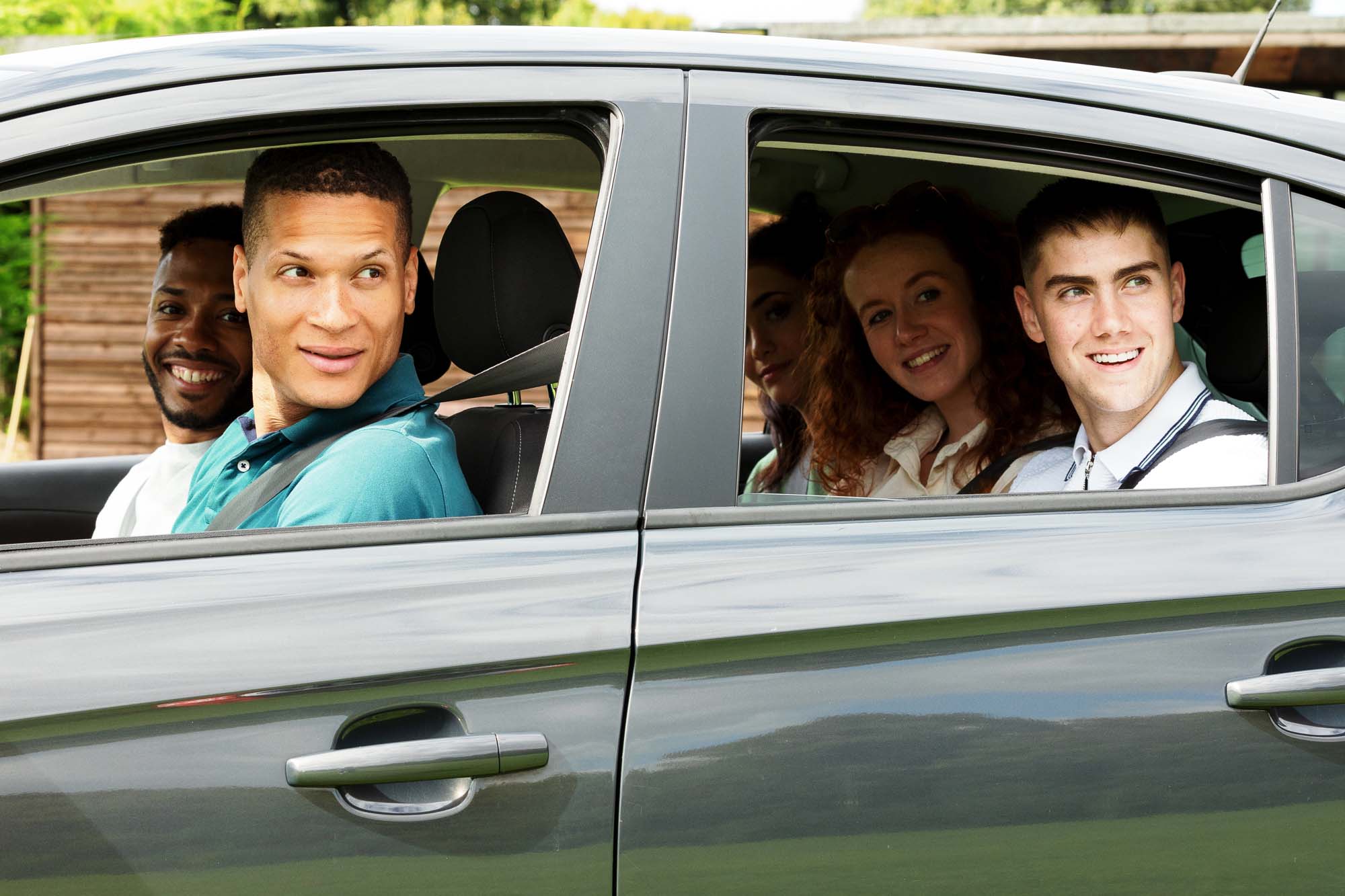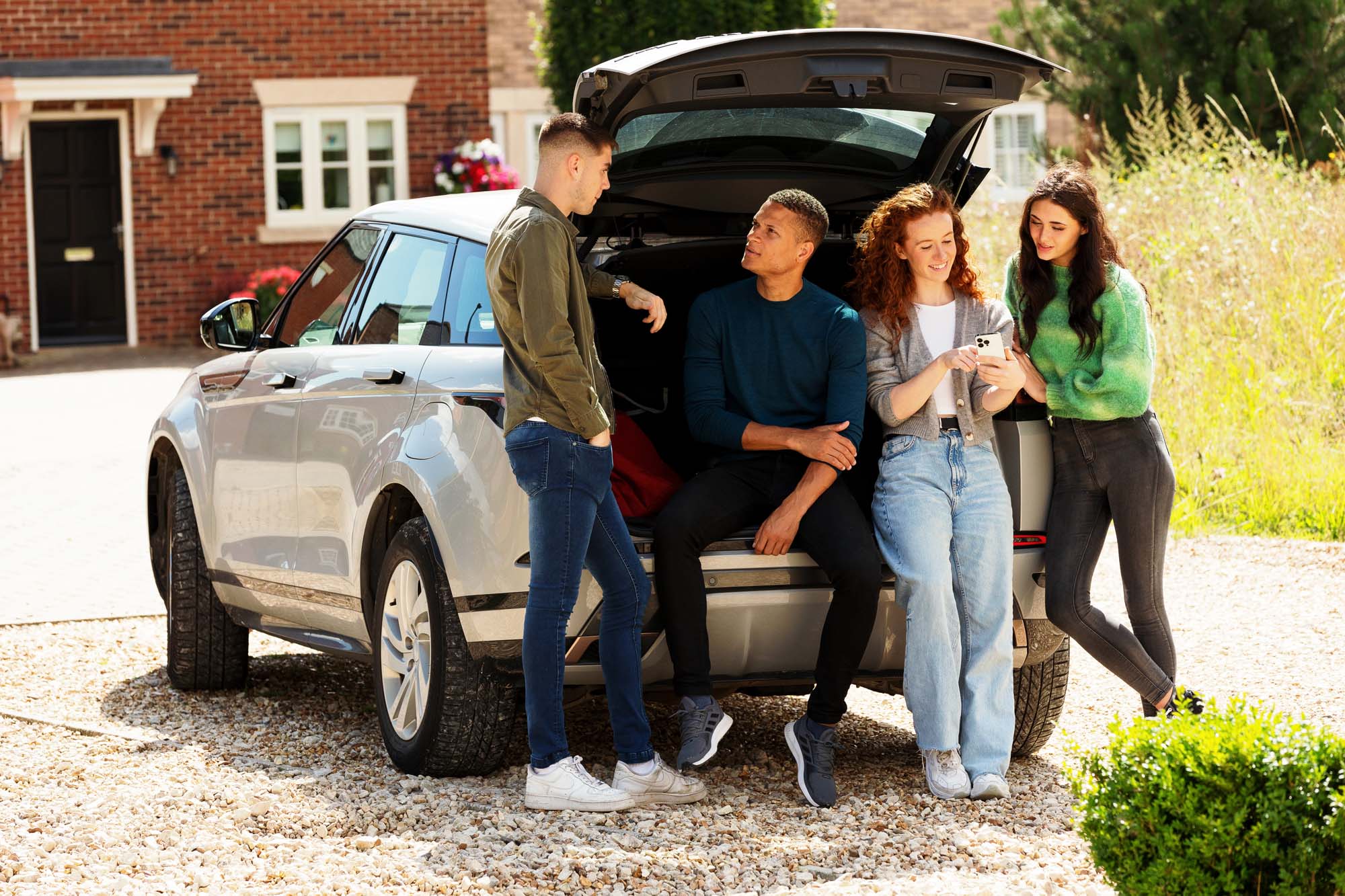Breaking down can be stressful, but staying calm is key. Whether it’s a flat tyre or an unexpected stop, dealing with a breakdown effectively comes down to preparation. Here’s everything you need to know about handling breakdowns safely and the optional extras available with your temporary car insurance that will come in handy if your car does breakdown.
What to Do If You Break Down on the Motorway
Breaking down on the motorway requires extra caution. Follow these steps to stay safe:
- Turn on Hazard Lights: Make your car visible to oncoming traffic.
- Move Car onto the Hard Shoulder or Off the Motorway: Safely move your car onto the hard shoulder or if possible use the nearest exit to leave the motorway or get to the nearest service station.
- Exit the Vehicle: Safely exit the vehicle to the left if you are on the hard shoulder and stand behind the barrier. Pets should be left in the vehicle.
- Stand Clear: Move a safe distance from the car, avoiding the flow of traffic and any flying debris.
- Avoid Repairs or Warning Triangles: Don’t attempt repairs or place warning triangles on the motorway.
- Call National Highway Services: Walk to the nearest emergency telephone where you can report your breakdown, or use your own phone and call 0300 123 5000
- Contact Breakdown Recovery: Call your breakdown recovery provider
If You Can’t Get to the Hard Shoulder or Exit: If your vehicle has broken down and you can’t make it to the hard shoulder or exit, get the left-most lane as you can, have hazards on, if it is dark or poor visibility also have sidelights on. Keep your seatbelt on and call 999.
Temporary Insurance Tip: If you’re borrowing a car, ensure your temporary policy includes breakdown cover for peace of mind in emergencies.
Smart Motorways
Smart motorways—where there’s no hard shoulder—require specific actions:
- Find the Nearest Safe Area: Try to exit the motorway, find the nearest emergency refuge areas (ERAs), or service stations.
- Move to the Left Lane: If you can’t exit the motorway move to the left lane. Turn on hazard lights and, if visibility is poor, use side lights.
- Safely Exit the Vehicle: If it is safe to do so if you are off the motorway or in the leftmost lane exit the vehicle through the passenger door and wait behind the barrier.
- If Stuck in a Middle Lane: Stay in the car with your seatbelt on, call 999, and wait for assistance.
- Call for Assistance: Use an SOS phone in an ERA to contact the Regional Control Centre. Provide as much detail as possible, and they can also notify your breakdown provider.
What to Do If Your Car Breaks Down Elsewhere
Breakdowns away from motorways—whether at home, in a city centre, or on a quiet road—are less daunting but still require quick action:
- Move Off the Road: If possible, park safely away from traffic, look for laybys or quieter roads.
- Alert Authorities If Blocking Traffic: If your car is obstructing the road, call 101 for assistance.
- Turn on Hazard Lights: Ensure your vehicle is visible.
- Exit Safely: Leave the car through the passenger door if on a busy road. Stand safely away from the vehicle and away from moving traffic.
- Use a Warning Triangle: Place it at least 45 metres behind your car, on the same side of the road if it is safe to do so.
- Call for Help: Contact your breakdown provider or a local garage from a safe distance.
Essentials to Have in Your Car in Case of a Breakdown
Being prepared can make a breakdown far less stressful. Keep these items in your car, just in case you ever face a breakdown:
- Communication Tools: Mobile phone and in-car charger.
- Fuel Carrier: For topping up if you run out of fuel.
- Tyre Tools: Spare tyre, jack, and wheel nut removal tool.
- Visibility Gear: Reflective jacket, torch with spare batteries, and warning triangle.
- Seasonal Items: Sunglasses for glare and screen wash, de-icer, scraper, and a shovel for winter.
- First Aid Kit: Include plasters, sterile wipes, dressings, scissors, gloves, and a resuscitation face shield.
- Comfort Items: Water, snacks, and a warm, waterproof jacket.
- Jump Leads: For restarting a flat battery.

Why You Need Breakdown Cover
Breakdown cover is one of those things you don’t realise you need until it’s too late—and by then, you’ll be kicking yourself.
If you break down without breakdown cover, you can’t purchase it online retroactively. However, you can still call a breakdown provider for assistance. They’ll send emergency services to tow or repair your car, but this will come at an additional cost.
We always recommend paying a little extra for our optional breakdown cover to avoid unnecessary stress. It provides invaluable peace of mind for you, your family, and your friends, ensuring you’re prepared for the unexpected.
Breakdowns can be inconvenient, but with preparation and the right insurance, you can handle them confidently. Explore our breakdown cover options to ensure you’re always supported—whether on the motorway or in your driveway. By adding breakdown recovery to your temporary insurance policy, you’ll have repair assistance and alternative transport options to get you back on your way if you do ever break down.


